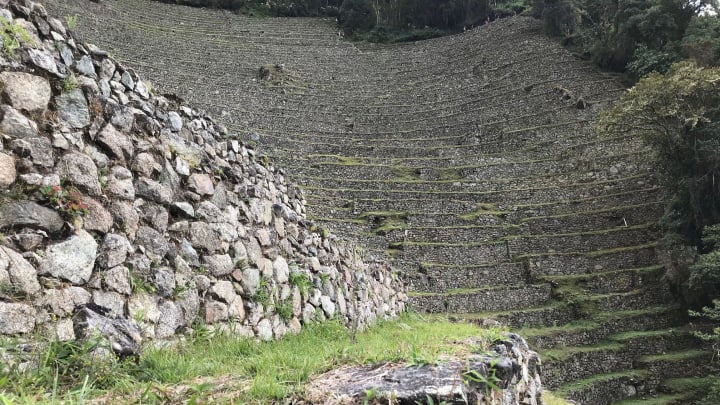Trekking Through Time: Historical Hiking Trails Worth the Journey

Exploring historical hiking trails offers adventurers a unique blend of physical challenge and a deep connection to the past. Walking in the footsteps of those who shaped history provides not only stunning landscapes but also a sense of heritage. Here are some of the world’s most captivating historical hiking trails.
The Inca Trail, Peru
The Inca Trail is one of the most iconic historical trails in the world, leading to the ancient city of Machu Picchu. This trail was once a pilgrimage route for the Incas, and hiking it today offers a glimpse into their sophisticated civilization. Along the 26-mile journey, hikers encounter ancient ruins, cloud forests, and the Sun Gate, which provides the first breathtaking view of Machu Picchu. The best time to hike the Inca Trail is during the dry season from May to September. Permits are required and should be booked months in advance due to limited availability.
The Appalachian Trail, USA
Stretching over 2,180 miles from Georgia to Maine, the Appalachian Trail is steeped in American history. Conceived in the early 20th century, this trail traverses through 14 states and offers hikers a diverse experience of the Eastern United States’ landscapes and historical landmarks, including Civil War battlefields and old settlements. While thru-hiking the entire trail takes about five to seven months, many choose to hike shorter sections. The best times for hiking vary by region, but generally, late spring and early fall offer the most favorable conditions.
The Great Wall of China, China
Hiking the Great Wall of China allows adventurers to explore one of the most remarkable feats of engineering in human history. Built to protect against invasions, the wall stretches over 13,000 miles, though not all sections are accessible or intact. Popular hiking sections include Jinshanling, Simatai, and Mutianyu, each offering a unique perspective on the wall’s construction and purpose. Spring and autumn are the best times to hike the Great Wall, avoiding the extremes of summer and winter.
The Camino de Santiago, Spain
The Camino de Santiago, or the Way of St. James, is a network of pilgrimage routes culminating at the shrine of the apostle Saint James in Santiago de Compostela. This medieval pilgrimage has seen a resurgence in modern times, attracting hikers from around the world. The Camino Francés, the most popular route, spans approximately 500 miles from St. Jean-Pied-de-Port in France to Santiago de Compostela in Spain. Along the way, pilgrims encounter historic cathedrals, charming villages, and centuries-old albergues. The best time to hike the Camino is from spring to autumn, with summer being the most crowded.
Hadrian’s Wall Path, UK
Hadrian’s Wall Path follows the remnants of the Roman Empire’s northernmost boundary in Britain. This 84-mile trail stretches across Northern England, from Wallsend in the east to Bowness-on-Solway in the west. Hikers can explore Roman forts, milecastles, and museums along the way, immersing themselves in the history of Roman Britain. The trail is best hiked between late spring and early autumn when the weather is most favorable.
The Silk Road, Central Asia
The Silk Road was a network of trade routes connecting the East and West, facilitating cultural exchange and commerce. Hiking sections of the Silk Road, such as the Tianshan Mountains or the ancient cities of Samarkand and Bukhara, offers a journey through history where traders once traveled. This trail provides a mix of rugged mountain paths and desert landscapes. Due to the varying climates, it’s essential to plan according to the specific region and season, with spring and autumn generally being the best times to hike.
Conclusion
Historical hiking trails offer a unique opportunity to connect with the past while enjoying the beauty of nature. Whether it’s the ancient ruins of the Inca Trail, the diverse landscapes of the Appalachian Trail, or the architectural marvel of the Great Wall of China, these trails promise an unforgettable adventure. Lace up your hiking boots and step into history – the journey awaits.
